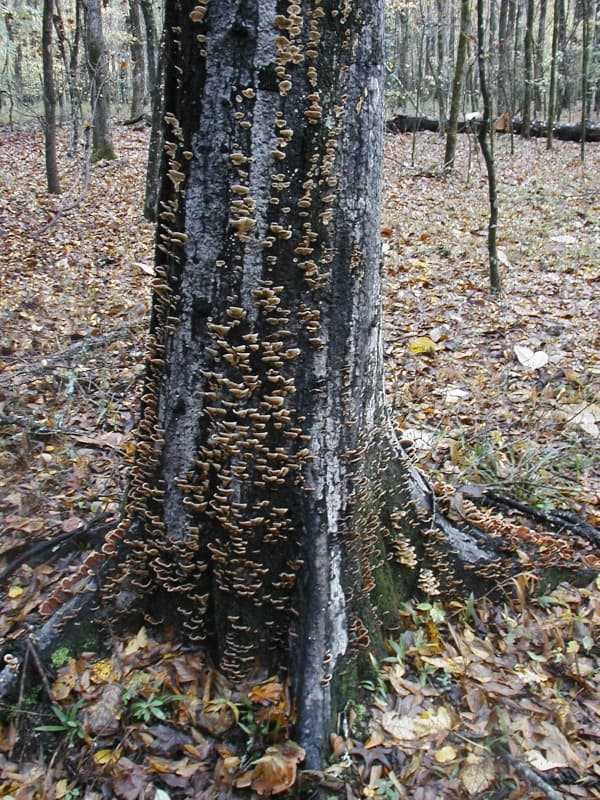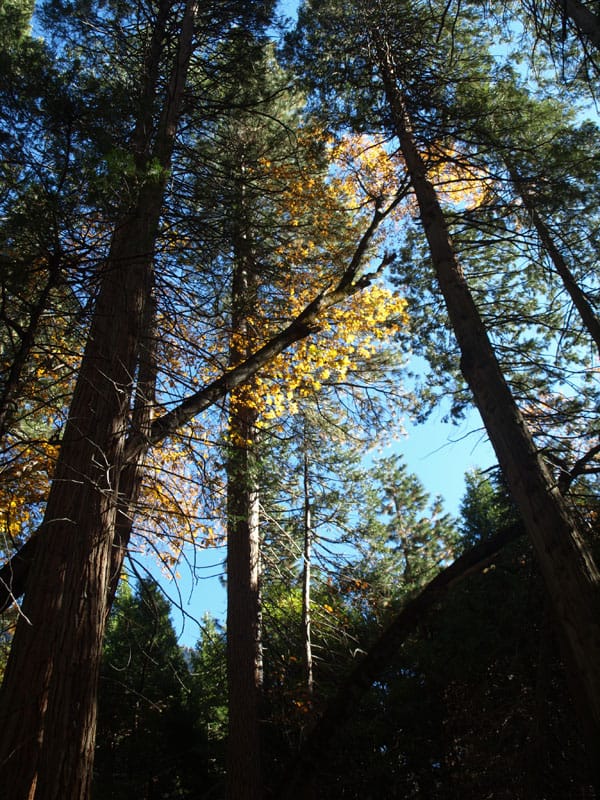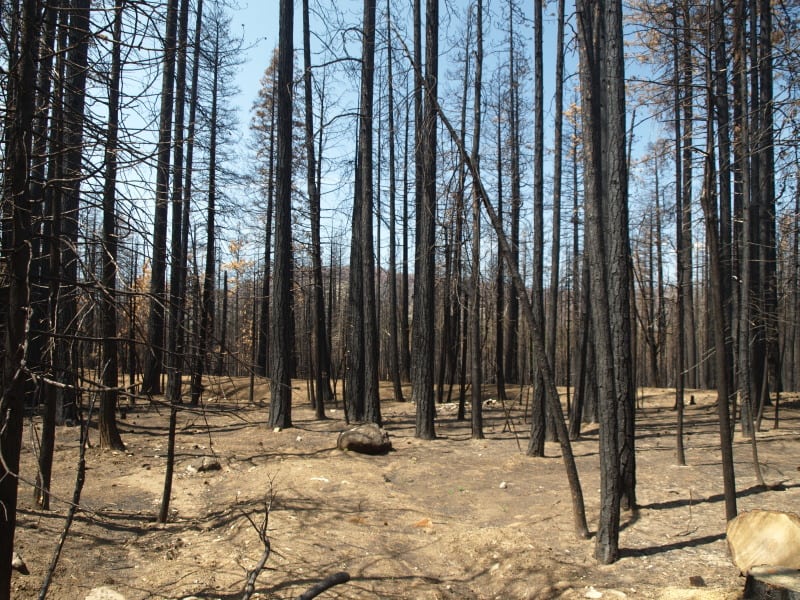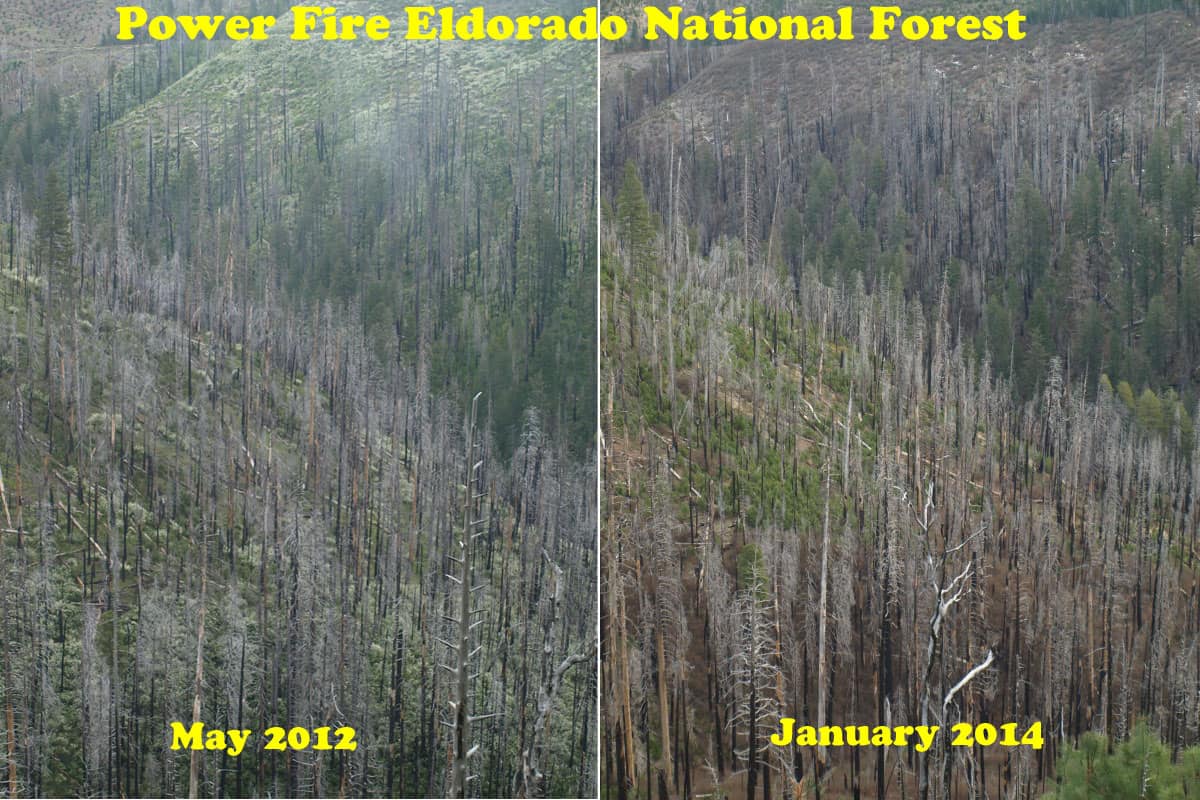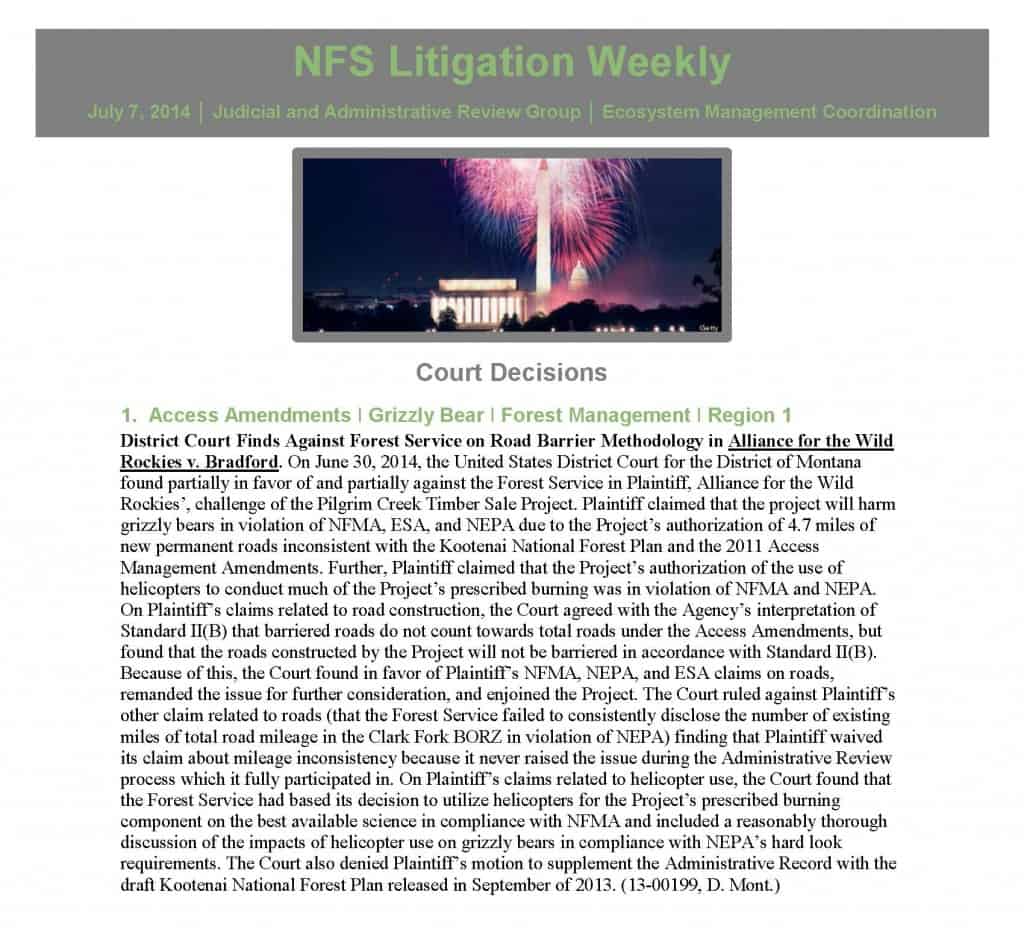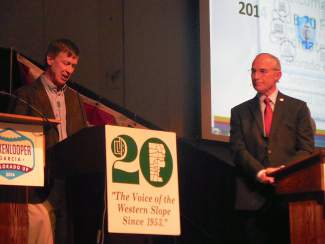
photo by Lauren Glendenning/[email protected] |
Last Sunday there were these two op-eds in the Denver Post
yes Colorado could manage federal lands better
and no.
Here is the “no” one on sage grouse (written by a member of the Hickenlooper administration):
This doesn’t mean acquiescing to every federal decision. Colorado has the expertise and clout to push against the federal government when we disagree. The Hickenlooper administration has done so on numerous occasions, most recently in protecting sage grouse habitat.
Hmm. if it is really about following the law on ESA, then states shouldn’t be able to “push back” when they disagree.
Here is the “yes” one on sage grouse:
Need another example? The feds have now threatened to list the Gunnison sage grouse after years of hard work, compromise, and collaboration with farmers, ranchers, neighborhoods and local governments. It took nearly three years for Gov. John Hickenlooper to finally realize what a disaster the listing could be to all involved. He hired a friend of mine to run interference at a cost of additional hundreds of thousands of dollars to stay the efforts of bureaucrats who have no appreciation of our Western way of life or culture of self- reliance and responsibility for the land.
First, the fact that this is political this year raises the complex situation that we all understand to the simplistic “take over public lands by states” idea and that dog won’t hunt. That’s why we know it’s political and not real.
We have states winning lawsuits because they weren’t consulted the right way (California southern land management plans). We have courts supporting the feds not allowing Wyoming to be a cooperating agency on 2001 Roadless. BLM has (or did have) formal discussions with the governor’s staff on management plans. I sat in on these, a presentation to the DNR Executive Director (Harris Sherman at the time, small world!) during the period we had a joint FS/BLM management plan. The FS does not (last I looked, have such a formal process). Seems to me that if your interest is good public policy and not political theater, there are a great many choices of how to involve states in federal decision-making that have not been explored, or seem to be more or less random depending on agency history, case law, etc.
